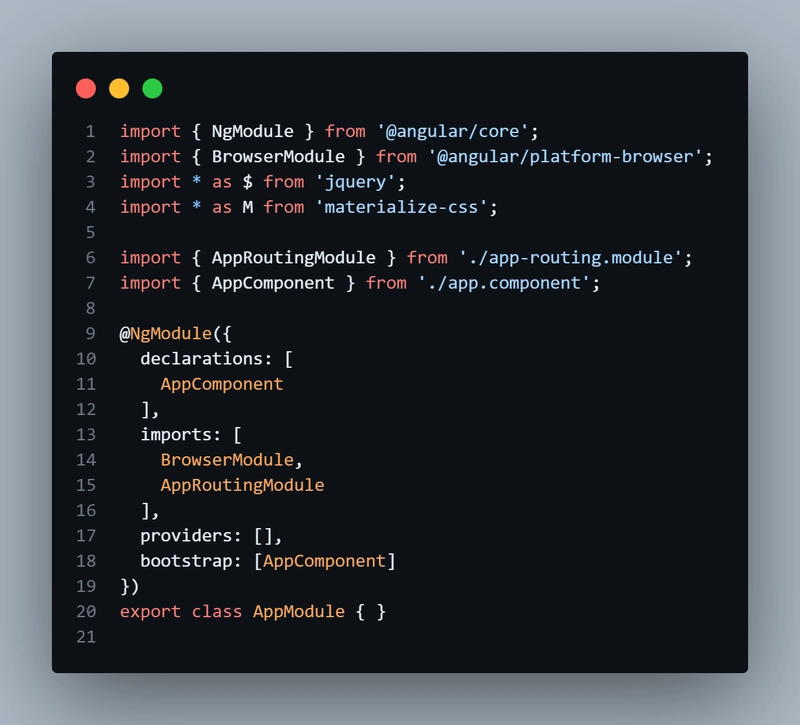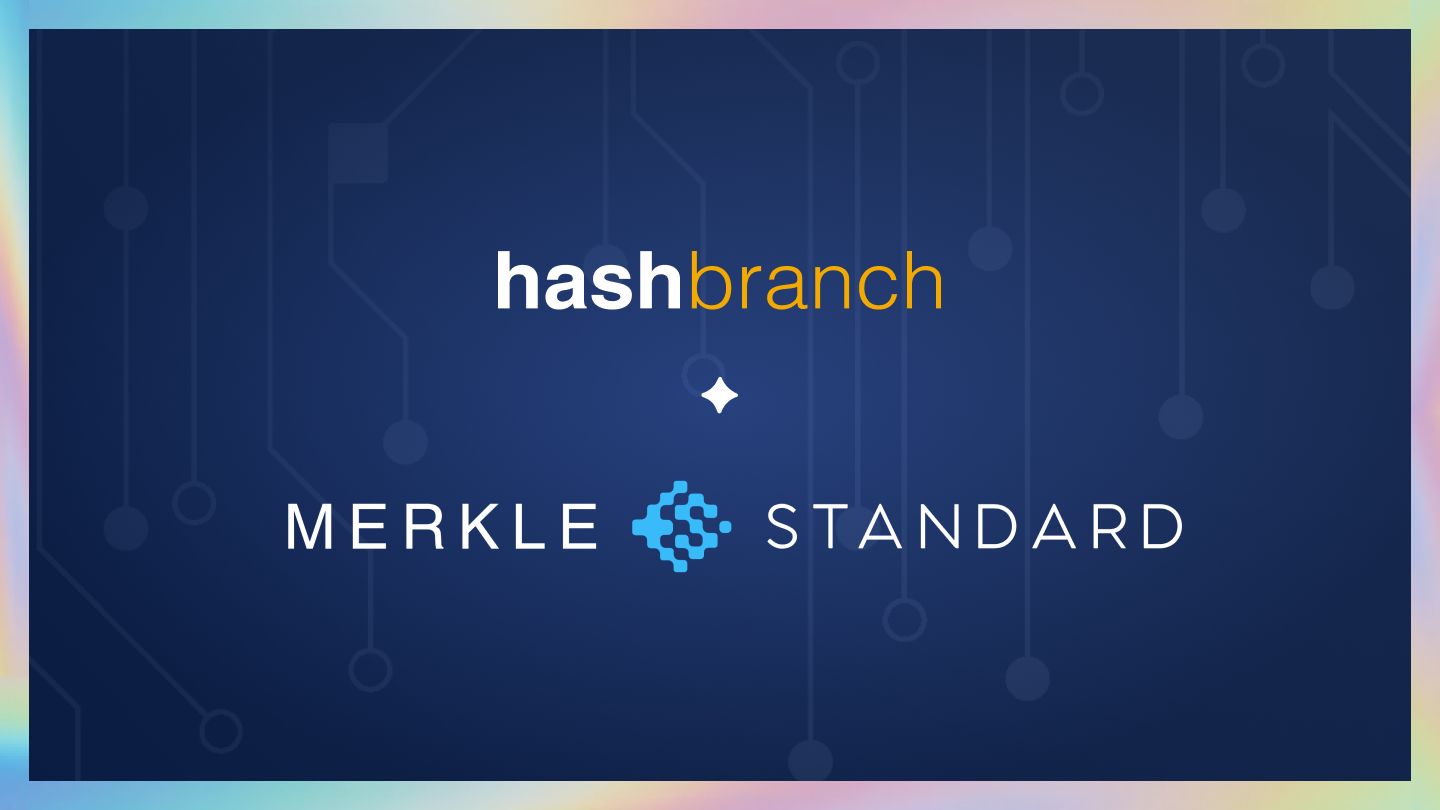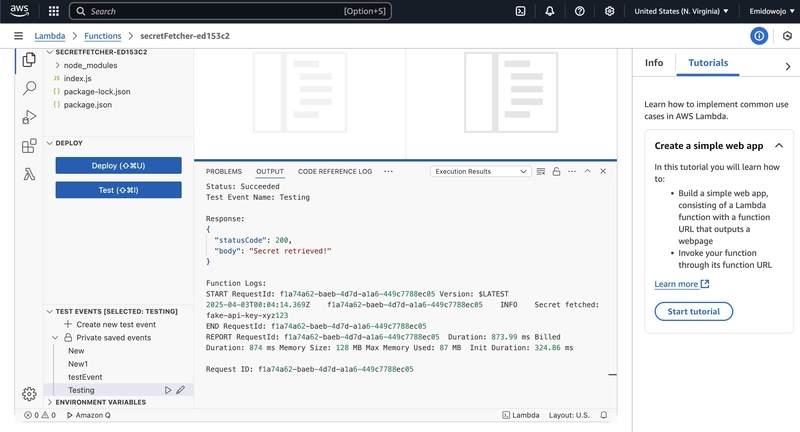Understand Continuous Integration Tool for investment
87% of elite software teams deploy code multiple times per day, while low-performing teams may only deploy once a month or less. This vast performance gap isn’t a coincidence — it’s the direct result of adopting Continuous Integration (CI) and automation best practices. In this article, I demystify what a Continuous Integration Tool actually does, unpack its essential role in modern DevOps workflows, and compare key players like GitHub Actions, GitLab CI, and Jenkins. Whether you’re scaling your stack or building from scratch, this guide helps you make informed choices in an increasingly crowded CI/CD landscape. What is Continuous Integration? Let’s begin with a foundation. Continuous Integration (CI) is the practice of regularly merging developers’ code into a shared repository, where automated builds and tests are run. The goal? Detect errors early, reduce integration problems, and enable rapid development. The term itself emerged in the early 2000s, popularized by the rise of agile software development. Today, CI is not just a methodology — it’s a core pillar of modern software engineering and DevOps. According to the 2023 Accelerate State of DevOps Report by Google Cloud, teams that implement CI/CD practices deploy more frequently, recover from incidents faster, and achieve higher software delivery performance (Google Cloud — PDF Report). Market Overview of the Continuous Integration (CI) Tool Landscape The Continuous Integration (CI) tool market has seen significant growth over the past decade, driven by the widespread adoption of DevOps, agile development practices, and the increasing need for automation in software delivery pipelines. According to the MarketsandMarkets 2023 report, the CI tools market is projected to grow from USD 1.5 billion in 2022 to over USD 3.5 billion by 2027, at a compound annual growth rate (CAGR) of 18.7%. This growth is primarily fueled by rising demand for faster software delivery and the increasing adoption of cloud-based development tools. Enterprise DevOps teams are investing in CI/CD platforms that offer scalability, cloud-native support, and strong integration with testing and deployment frameworks. The competition among vendors such as GitHub Actions, GitLab CI, and CircleCI has intensified as organizations prioritize developer experience, intuitive user interfaces, and seamless cloud-native integrations. GitHub Actions leverages its native integration within the GitHub ecosystem, making CI/CD more accessible for developers familiar with Git-based workflows. GitLab CI stands out with an all-in-one DevOps platform that includes planning, source control, CI/CD, and monitoring, offering value to enterprises looking for tighter integration. CircleCI emphasizes performance and customizability, with advanced caching, parallelism, and support for Docker and Kubernetes workflows. Meanwhile, open-source giants like Jenkins retain dominance in traditional enterprise environments due to their flexibility and plugin ecosystem — but often require extensive maintenance and expertise. Despite innovation across these tools, a gap remains in the market: many developers and startups still seek a CI platform that combines high-speed execution, out-of-the-box usability, native macOS/Linux support, and clear pricing without steep learning curves or bloated enterprise features. This underserved segment presents a clear opportunity for next-generation platforms designed specifically for modern product-led teams. In this landscape, modern CI tools must balance performance, ease of use, and integration capabilities to stay competitive. As the DevOps maturity of organizations increases, so does their need for sophisticated CI solutions tailored to specific infrastructure, compliance, and scaling needs. Key CI Components and Processes Understanding CI means understanding its machinery. Here are the key components: Version Control System (VCS): Think Git. All code changes are pushed to a central repository. Build Automation: As soon as code is committed, automated builds kick off to verify that the application compiles and packages correctly. Automated Testing: Unit tests, integration tests, and more are run automatically to catch bugs before they reach production. CI Server or Tool: This is where tools like TurtleCI, Jenkins, or CircleCI enter. These platforms orchestrate the entire CI pipeline. Each component exists to minimize human error and maximize delivery speed. Benefits of Continuous Integration Adopting a CI workflow doesn’t just make teams faster — it makes them smarter. Here are the standout benefits: Faster time-to-market: You release updates weekly, not monthly. Improved collaboration: Developers are no longer working in silos. Higher code quality: Every line of code is tested continuously. Fewer bugs in production: Which means fewer 2am calls to engineers. Organizations using CI/CD report significantly lower

87% of elite software teams deploy code multiple times per day, while low-performing teams may only deploy once a month or less. This vast performance gap isn’t a coincidence — it’s the direct result of adopting Continuous Integration (CI) and automation best practices.
In this article, I demystify what a Continuous Integration Tool actually does, unpack its essential role in modern DevOps workflows, and compare key players like GitHub Actions, GitLab CI, and Jenkins. Whether you’re scaling your stack or building from scratch, this guide helps you make informed choices in an increasingly crowded CI/CD landscape.
What is Continuous Integration?
Let’s begin with a foundation. Continuous Integration (CI) is the practice of regularly merging developers’ code into a shared repository, where automated builds and tests are run. The goal? Detect errors early, reduce integration problems, and enable rapid development.
The term itself emerged in the early 2000s, popularized by the rise of agile software development. Today, CI is not just a methodology — it’s a core pillar of modern software engineering and DevOps. According to the 2023 Accelerate State of DevOps Report by Google Cloud, teams that implement CI/CD practices deploy more frequently, recover from incidents faster, and achieve higher software delivery performance (Google Cloud — PDF Report).
Market Overview of the Continuous Integration (CI) Tool Landscape
The Continuous Integration (CI) tool market has seen significant growth over the past decade, driven by the widespread adoption of DevOps, agile development practices, and the increasing need for automation in software delivery pipelines.
According to the MarketsandMarkets 2023 report, the CI tools market is projected to grow from USD 1.5 billion in 2022 to over USD 3.5 billion by 2027, at a compound annual growth rate (CAGR) of 18.7%. This growth is primarily fueled by rising demand for faster software delivery and the increasing adoption of cloud-based development tools.
Enterprise DevOps teams are investing in CI/CD platforms that offer scalability, cloud-native support, and strong integration with testing and deployment frameworks. The competition among vendors such as GitHub Actions, GitLab CI, and CircleCI has intensified as organizations prioritize developer experience, intuitive user interfaces, and seamless cloud-native integrations.
- GitHub Actions leverages its native integration within the GitHub ecosystem, making CI/CD more accessible for developers familiar with Git-based workflows.
- GitLab CI stands out with an all-in-one DevOps platform that includes planning, source control, CI/CD, and monitoring, offering value to enterprises looking for tighter integration.
- CircleCI emphasizes performance and customizability, with advanced caching, parallelism, and support for Docker and Kubernetes workflows.
Meanwhile, open-source giants like Jenkins retain dominance in traditional enterprise environments due to their flexibility and plugin ecosystem — but often require extensive maintenance and expertise.
Despite innovation across these tools, a gap remains in the market: many developers and startups still seek a CI platform that combines high-speed execution, out-of-the-box usability, native macOS/Linux support, and clear pricing without steep learning curves or bloated enterprise features. This underserved segment presents a clear opportunity for next-generation platforms designed specifically for modern product-led teams.
In this landscape, modern CI tools must balance performance, ease of use, and integration capabilities to stay competitive. As the DevOps maturity of organizations increases, so does their need for sophisticated CI solutions tailored to specific infrastructure, compliance, and scaling needs.
Key CI Components and Processes
Understanding CI means understanding its machinery. Here are the key components:
- Version Control System (VCS): Think Git. All code changes are pushed to a central repository.
- Build Automation: As soon as code is committed, automated builds kick off to verify that the application compiles and packages correctly.
- Automated Testing: Unit tests, integration tests, and more are run automatically to catch bugs before they reach production.
- CI Server or Tool: This is where tools like TurtleCI, Jenkins, or CircleCI enter. These platforms orchestrate the entire CI pipeline.
Each component exists to minimize human error and maximize delivery speed.
Benefits of Continuous Integration
Adopting a CI workflow doesn’t just make teams faster — it makes them smarter.
Here are the standout benefits:
- Faster time-to-market: You release updates weekly, not monthly.
- Improved collaboration: Developers are no longer working in silos.
- Higher code quality: Every line of code is tested continuously.
- Fewer bugs in production: Which means fewer 2am calls to engineers.
Organizations using CI/CD report significantly lower change failure rates, according to the DORA metrics in the 2023 State of DevOps Report.
The Importance of Testing Code in CI
Automated testing is the soul of continuous integration. Without it, CI is just…integration. And that defeats the point.
Early testing ensures that bugs are identified within minutes of being introduced, not days or weeks later. According to research cited by the National Institute of Standards and Technology (NIST), the cost to fix a bug increases exponentially the later it’s discovered in the software development life cycle.
Unit tests verify that individual pieces work. Integration tests check how modules behave together. Regression tests ensure that new code doesn’t break old functionality. Together, these form a safety net for developers — and a time machine for product teams.
Continuous Integration in DevOps
DevOps isn’t a job title — it’s a cultural and technical movement that hinges on automation, collaboration, and speed. CI is its lifeline.
In a mature DevOps pipeline, CI acts as the bridge between code and deployment. It’s what transforms raw ideas into deployable artifacts, all while maintaining stability and security. Git commits trigger builds, builds trigger tests, and passing tests trigger deployments.
According to GitLab’s 2023 Global DevSecOps Survey, 56% of organizations are now using DevOps or DevSecOps practices, reflecting a significant increase in adoption.
Check the article comparing CI vs Continuous Delivery and CI vs Deployment here!









































































































































































![[The AI Show Episode 144]: ChatGPT’s New Memory, Shopify CEO’s Leaked “AI First” Memo, Google Cloud Next Releases, o3 and o4-mini Coming Soon & Llama 4’s Rocky Launch](https://www.marketingaiinstitute.com/hubfs/ep%20144%20cover.png)


































































































































































































![Blue Archive tier list [April 2025]](https://media.pocketgamer.com/artwork/na-33404-1636469504/blue-archive-screenshot-2.jpg?#)































.png?#)









.png?width=1920&height=1920&fit=bounds&quality=70&format=jpg&auto=webp#)




























.webp?#)






















































































![PSA: It’s not just you, Spotify is down [U: Fixed]](https://i0.wp.com/9to5mac.com/wp-content/uploads/sites/6/2023/06/spotify-logo-2.jpg?resize=1200%2C628&quality=82&strip=all&ssl=1)



![[Update: Optional] Google rolling out auto-restart security feature to Android](https://i0.wp.com/9to5google.com/wp-content/uploads/sites/4/2025/01/google-play-services-2.jpg?resize=1200%2C628&quality=82&strip=all&ssl=1)













![Apple Vision 'Air' Headset May Feature Titanium and iPhone 5-Era Black Finish [Rumor]](https://www.iclarified.com/images/news/97040/97040/97040-640.jpg)


![Apple to Split Enterprise and Western Europe Roles as VP Exits [Report]](https://www.iclarified.com/images/news/97032/97032/97032-640.jpg)






































































































































